What Are Weeds? Facts, Types & Removal
-
Pete Ortiz
- Last updated:
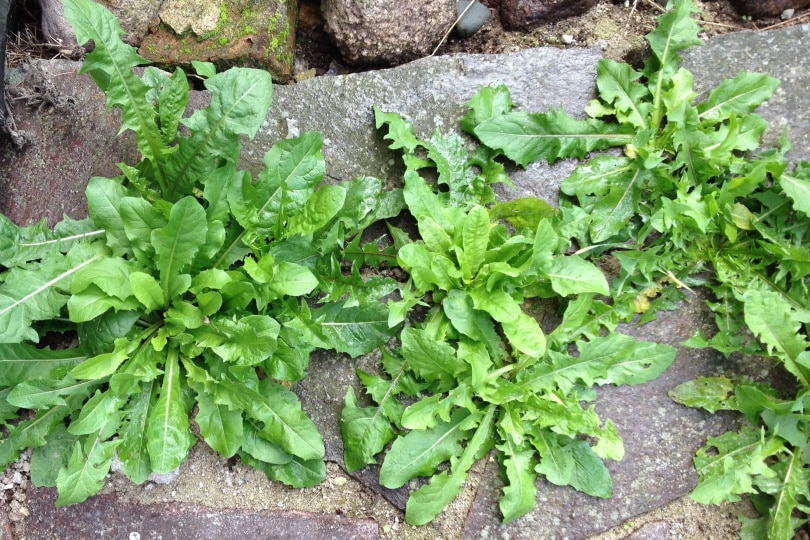
Whether you notice them in your backyard or stroll by them while visiting the park, everyone has seen a weed growing. Weeds grow where they aren’t supposed to and can truly do damage to your lawn and your garden if they aren’t taken care of properly. In order to protect your garden, it’s important to know which weeds you’re dealing with and learn the steps to eradicate them and rid your life of these pesky intrusions.
What Are Weeds?
Anything that springs up in your garden that wasn’t planted by you, can be considered a weed. Most weeds share a few of the same qualities. Weeds are invasive, they display jagged leaves, and they are very persistent. No matter how many times you may pluck them, they often find a way back to make your life difficult and leave your garden looking less than appealing. When left to their own devices, weeds can lay extensive roots throughout your garden and take over. This is why it is important to take care of them quickly and keep them from spreading around the rest of your garden.

What are the Different Categories of Weeds?
Like many plants, they fall into 3 separate categories. Let’s learn more about these 3 categories of weeds so you can identify them easier. This will be your first step in attempting to eliminate them from your garden and taking the steps to keep them at bay.
Annual Weeds
Annual weeds can be spread by seeds. This means they can grow in new places every year. These weeds can be very difficult to deal with. If you don’t stay on top of eliminating these types of weeds, you can find yourself with a persistent issue each year. Even the wind can blow these seeds and make your issue even larger.
Perennial Weeds
Perennial weeds, like the plants of the same classification, don’t return to the same place each year. Instead, they have long taproots which makes them extremely difficult to remove. They will continue to grow each year unless you step in and ensure the entire root has been removed.
Biennial Weeds
These weeds are completely different from all the others. In their first year, they produce flowers. Then, in their 2nd year, they produce seeds that can create more weeds throughout your garden. This is why ridding yourself of these weeds quickly is so important.
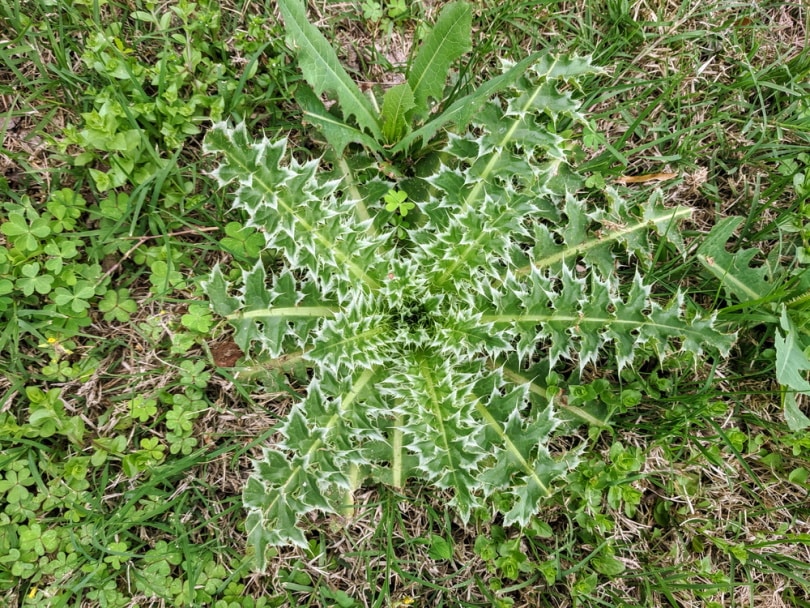
How to Identify Weeds
If you want to eradicate weeds quickly and keep your garden looking great, identification is key. With this knowledge, you can use the proper techniques to remove them from your garden completely and not deal with constant reappearances. The first step in this identification is knowing the 2 types of weeds you may face. Broadleaf weeds have larger leaves, which makes them quite noticeable. They may have either a taproot or fibrous root system. The other type is Narrow-leaved weeds. These weeds are more like grassy plants and grow around your lawn and garden in large tufts.
Weeds are typically classified and identified by their roots. If you know the weed’s root type, you can follow the proper treatments and say goodbye to them. Below, we’ll learn more about the root types of weeds so you can determine which ones have moved into your garden.
Bulb Roots
These roots are similar to the bulbs of plants we choose to plant in our gardens. Often, this type of root is associated with flowering weeds and isn’t that difficult to remove. Issues come into play, however, thanks to the ease at which the bulb can break apart. This leaves some of it behind, in the soil, waiting to grow again. When dealing with these weeds, you should double-check and remove the entire bulb.
Tap Roots
Weeds with taproots are often the most difficult to remove from your garden. Dandelions have this type of root. Tap roots can be quite long. For this reason, removal becomes a big problem. More often than not, gardeners only remove part of the root. The rest stays and grows again the following year.
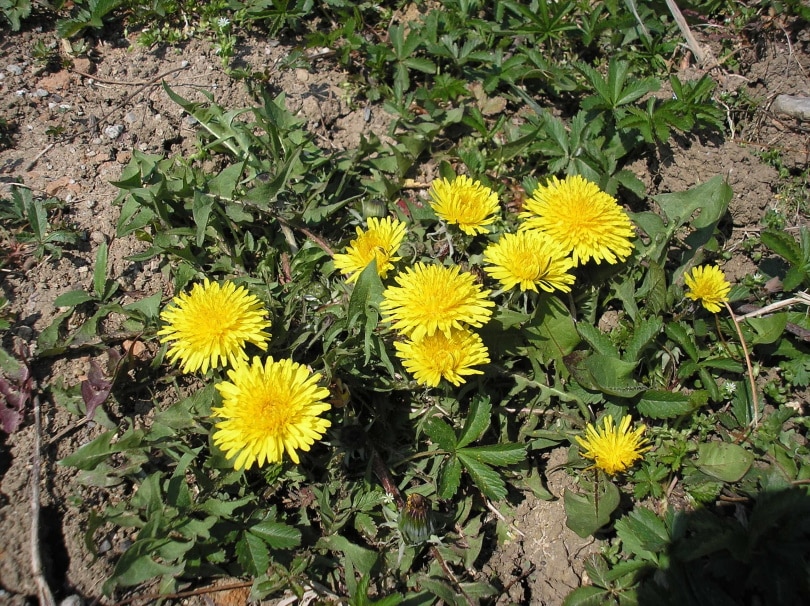
Fibrous Roots
This type of root is normally associated with annual weeds. Fibrous roots are very thin and hair-like. For gardeners, these are some of the easiest weeds to remove. The roots are very shallow and can be pulled up with ease.
Creeping Roots
These roots, also called Rhizome roots, like to spread horizontally. In some cases, the roots themselves can be up to several feet wide. This makes them some of the hardest roots to remove from the ground.
How to Remove Weeds from Your Garden
Now that we’ve looked at a few tips for identifying the weeds around your garden, now let’s learn how to remove them, and hopefully, keep them out of your garden.

Dig Up the Root
Sure, digging up roots may sound like a lot of work, but if you stay on top of things in your garden, hopefully, you won’t have a ton of weeds to deal with. When digging up weeds, you can use a hand trowel or even a garden fork. For bigger jobs where the weeds are threatening to take over, weed pulling tools are available at one of your local stores.
Keep in mind, when digging up roots, whether with a shovel or hand tool, that the entire root must be removed. If you don’t get the entire weed and root system, it will simply grow back.
Keep Your Garden Mulched
Mulching your garden will help control weeds. By using biodegradable mulches, and staying on top of adding mulch when needed, you can suppress the growth of weeds and keep them out of your flower beds.
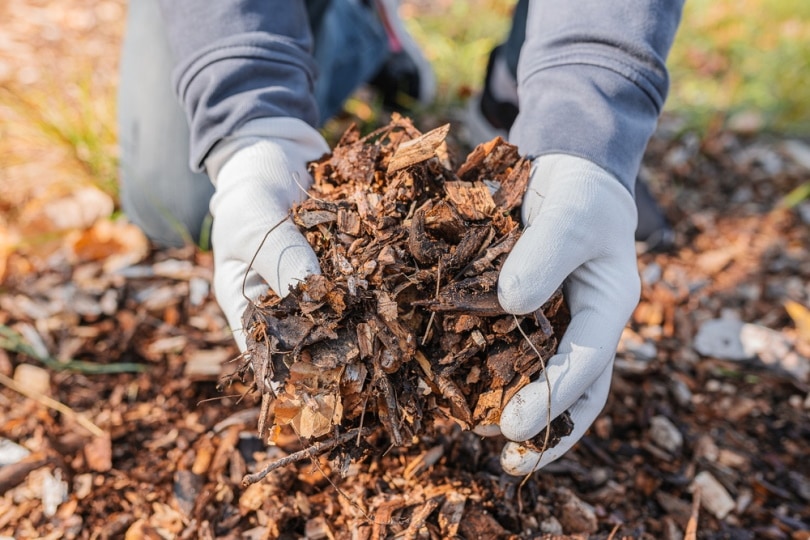
Boiling Water
This method of weed control should only be attempted on weeds that aren’t growing along with your plants. If you have weeds along your borders or walkways in the backyard, pouring boiling water on the plant will cause it to go into instant shock and die. This method also removes all seeds that may be in the ground where the water is poured.
Use a Weed Proof Liner
If you’re starting a garden and don’t want weeds to become an issue, using a weed-proof liner is your best bet. These liners, also known as garden fabric, make it more difficult for weeds or unwanted grass to grow in the area where you’ve decided you want your garden.
Use Baking Soda or Vinegar
Both baking soda and vinegar are household items you can use to kill weeds and avoid herbicides. With the baking soda method, simply wet the weed then sprinkle the powder over it. If this doesn’t work in a few weeks, repeat. The vinegar method is more absolute. When spraying weeds with vinegar, make sure your flowers and plants aren’t sprayed in the process. Vinegar will kill any plant it touches.
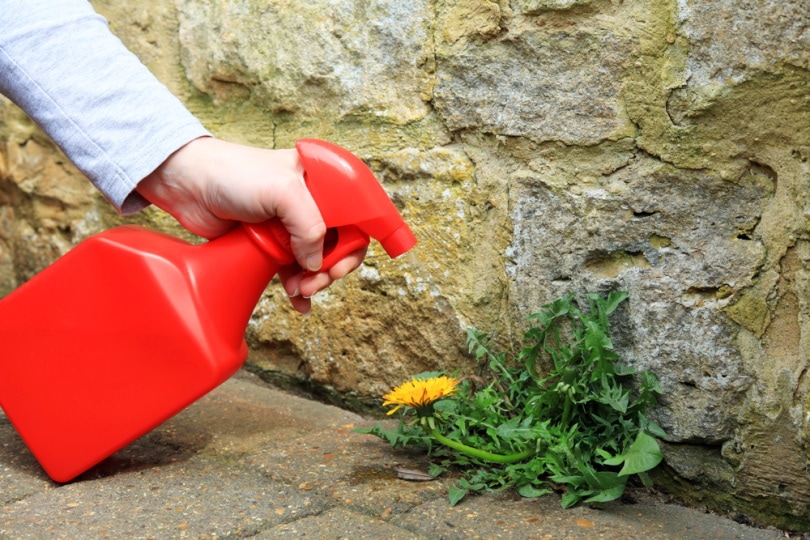
| Common Types of Garden Weeds |
| Dandelion |
| Broadleaf Plantain |
| White Clover |
| Hairy Bittercress Weed |
| Dollar Weed |
| Canada Thistle |
| Groundsel |
Conclusion
Understanding what weeds are and the damage they can do to your garden is crucial if you want to have a successful growing season. Staying on top of the weeds as they spring up in your garden will help avoid spreading and keep your garden, and the flowers inside, looking their best. You may find that weeds aren’t as annoying as you once thought they were when you have the information and tools needed to fight these creeping garden villains.
- See also: How and When to Plant Hyacinth
Featured Image Credit: Piqsels
Contents



